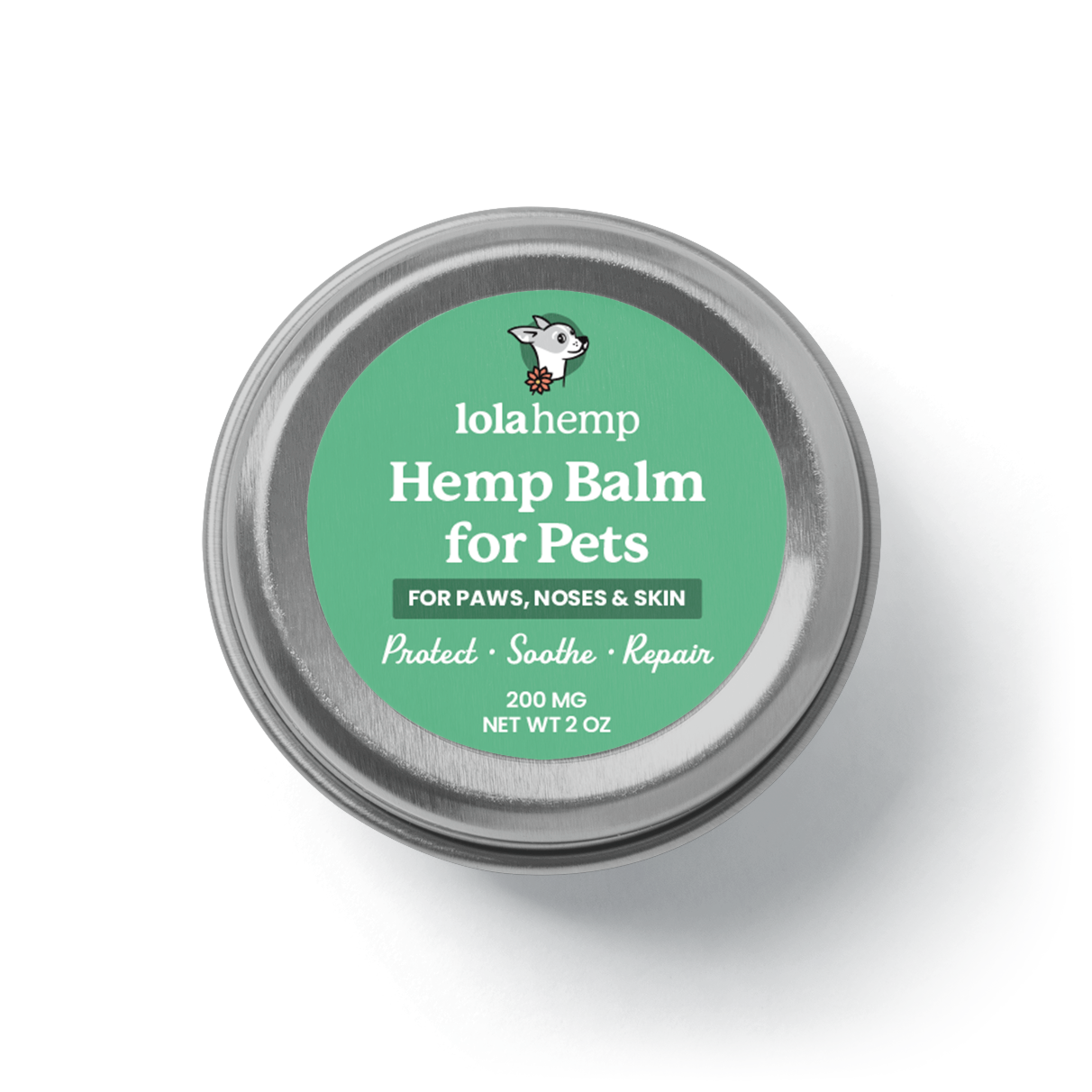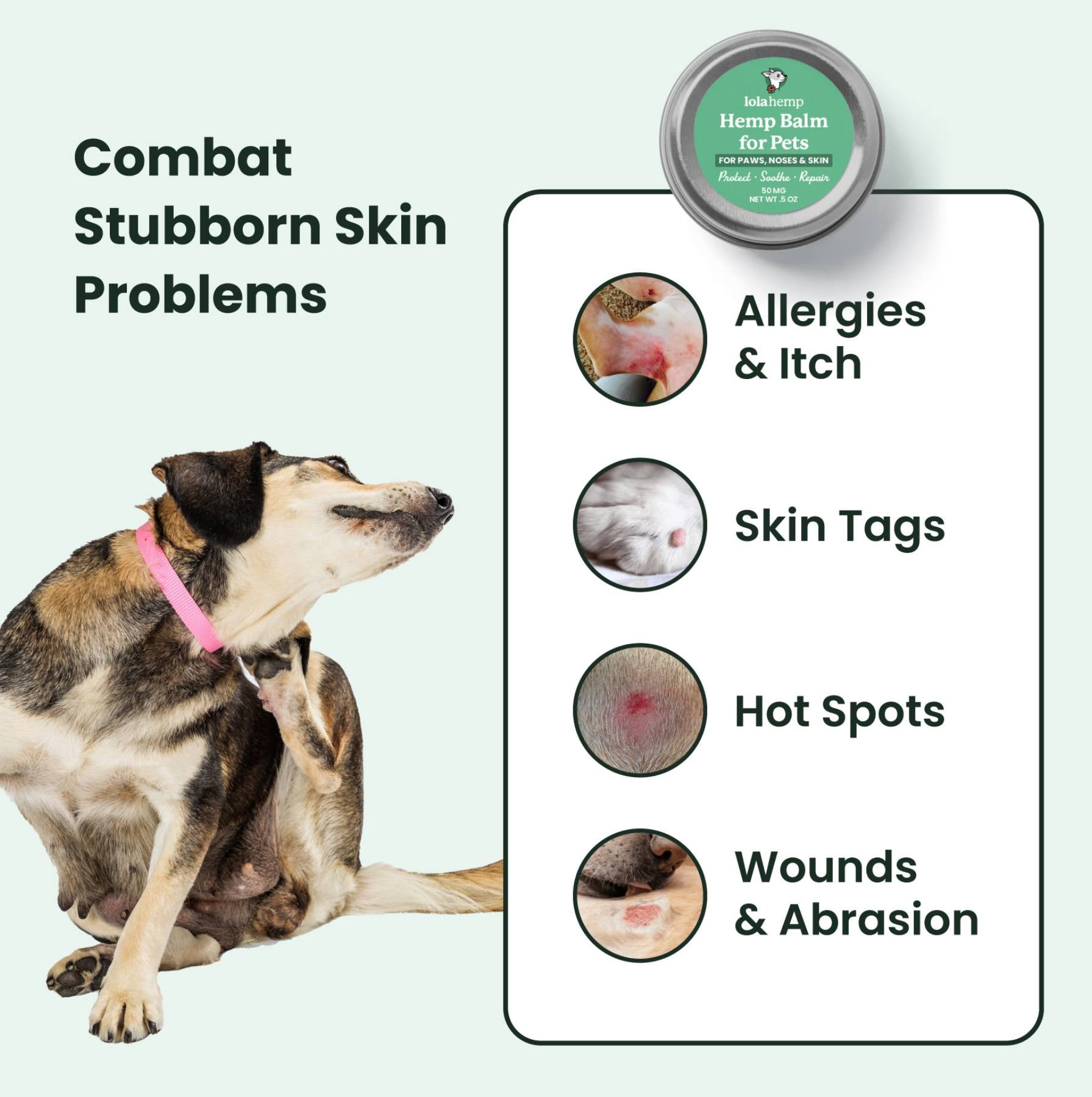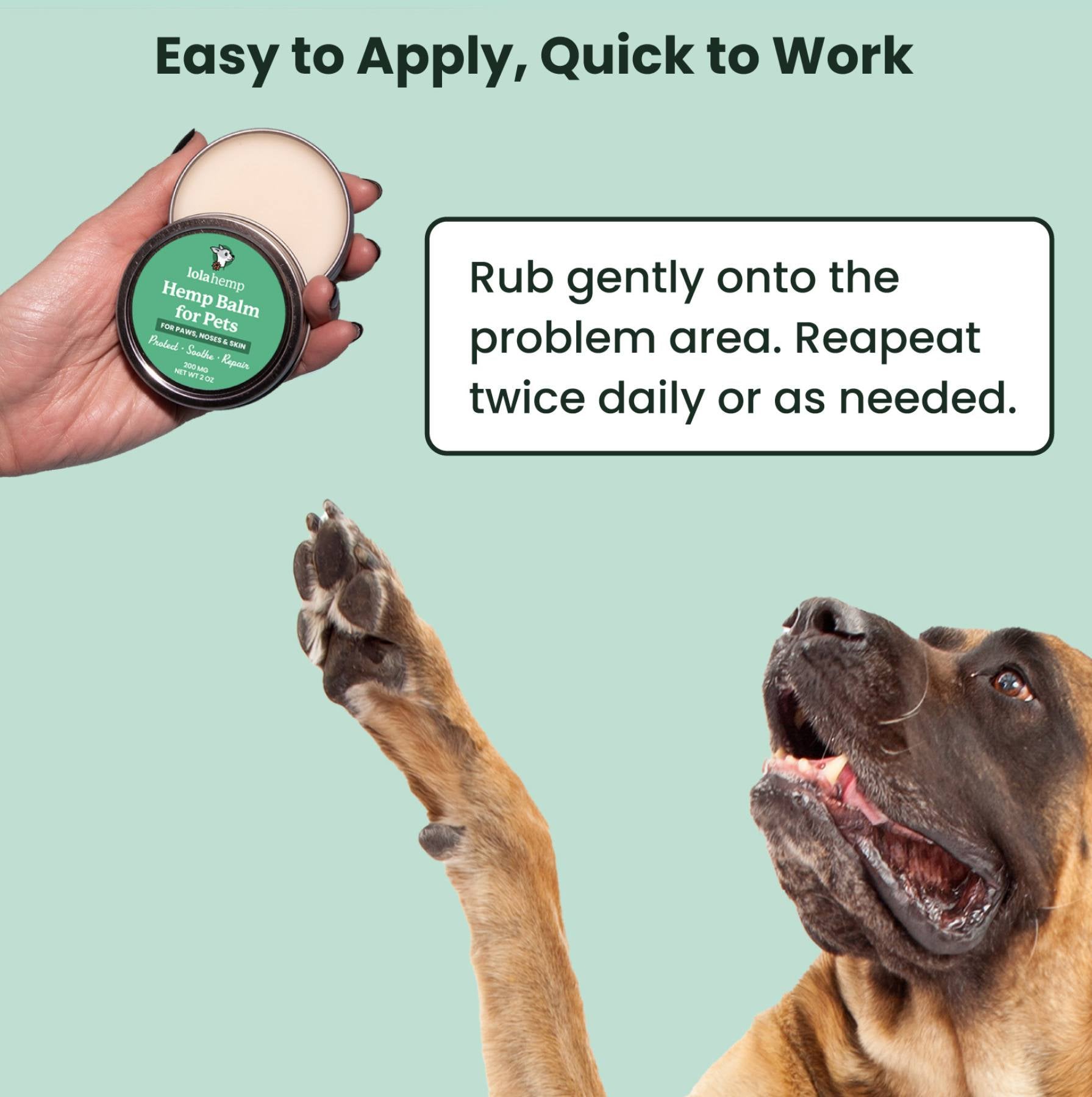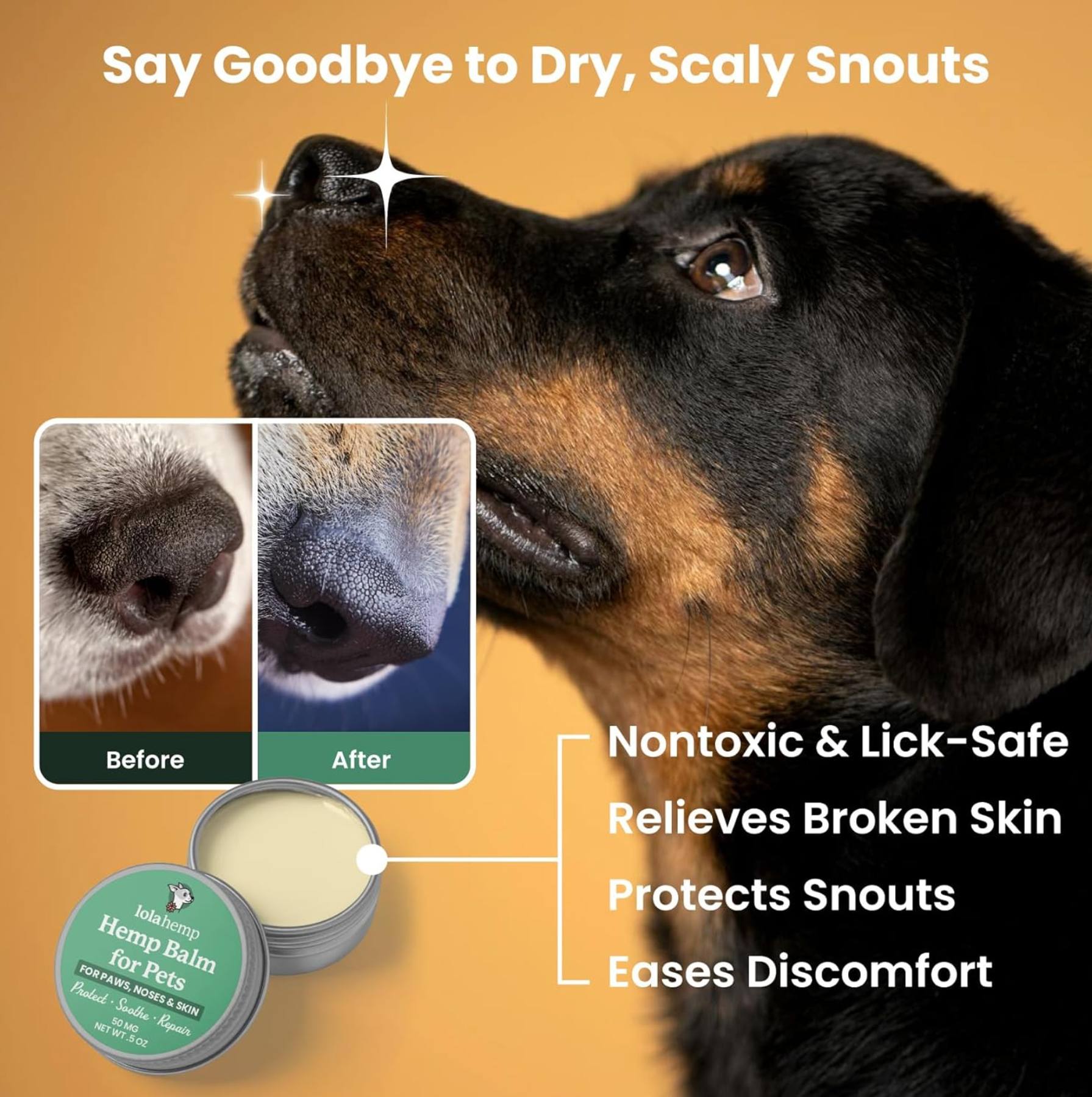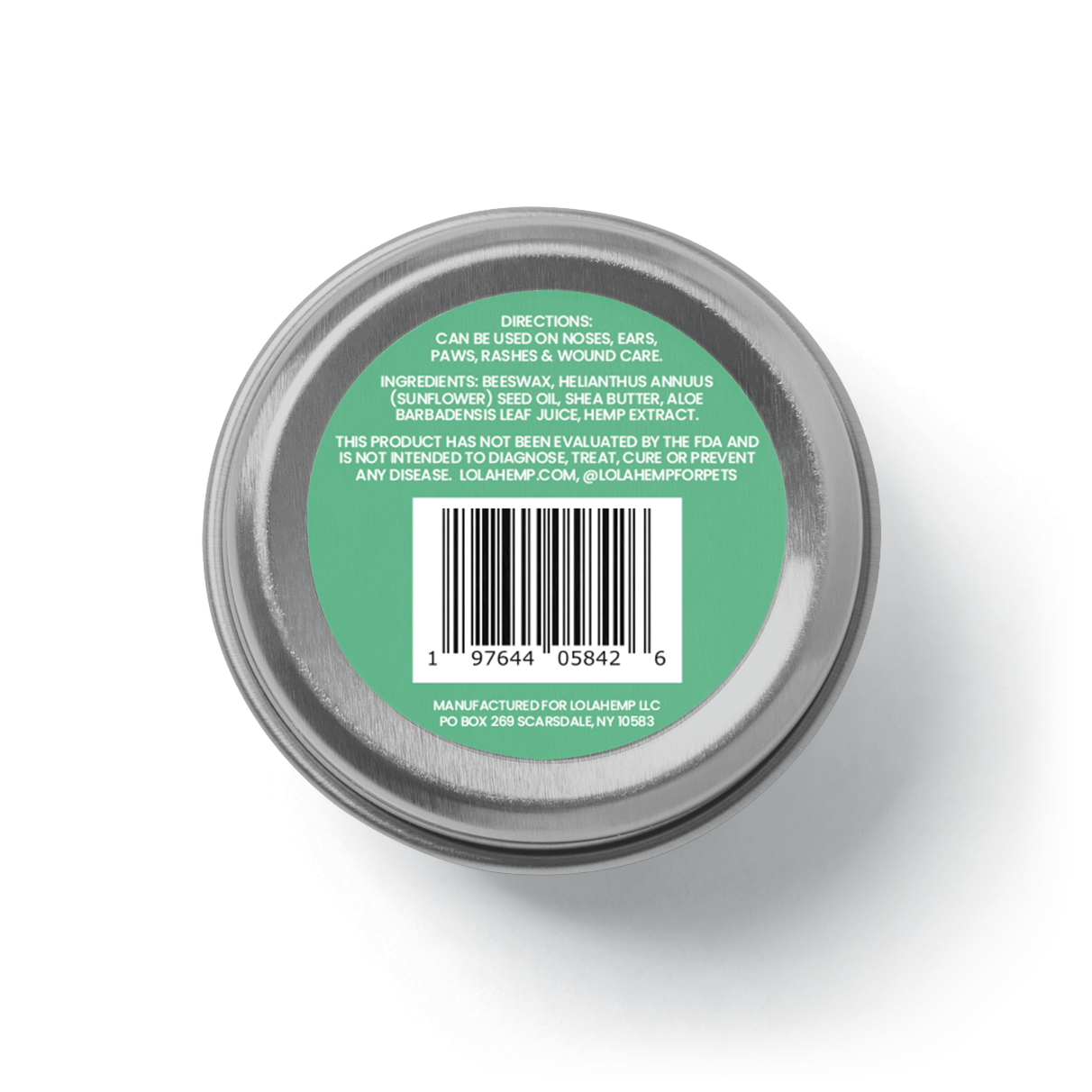Dogs in the hound group are among the oldest and most instinct-driven breeds. With astoundingly sharp noses, these dogs were bred to pursue prey across vast terrains—and they don’t quit once they’ve caught a scent or spotted movement.
Hound dogs are determined, intelligent, and very loyal. Their tracking instincts run so deep that they will get set on a trail, tune out all other information, and track until they are physically unable to keep tracking. Their drive to track can tune out their survival instincts, which is why it's important to keep close watch of them.
You might spot a hound with its nose glued to the ground or its eyes locked onto the horizon. That’s not distraction—it’s dedication. Other breed groups certainly shine, but hound dogs are in a league of their own when it comes to stamina, instinct, and single-minded focus.
This article will walk you through the core traits of hound dogs, their historical jobs, common health concerns, and what to expect if you decide to bring one into your home.
What Were Hound Dogs Bred to Do, Specifically?
Hounds are some of the oldest domesticated breeds in the world, with records of hunting dogs stretching back thousands of years. The earliest evidence we have of hound dogs is of Salukis & Greyhounds from 4,000 years ago in what is now Syria.
These dogs were bred to chase—either by scent or by sight—and many of them still carry that same drive today.

Scent hounds like the Beagle or Bloodhound use their powerful noses to follow trails over long distances, while sighthounds like the Greyhound or Whippet use their vision and speed to chase down fast-moving prey. In both cases, their job was to pursue, corner, and hold game until the hunter could catch up.
Hound dogs will then either "grab-bite" to capture, but not injure, prey, or they will bite to kill. These two behaviors can be trained, and may be more dominant in one hound breed or another.
Here are some of the specific tracking and hunting roles hounds have filled:
- Scent Tracking: Following scent trails for miles (e.g., Bloodhound).
- Visual Pursuit: Chasing prey in open areas (e.g., Greyhound).
- Game Recovery: Locating wounded animals after a shot.
- Packing: Many hounds worked in packs to wear down large or evasive prey.
- Independent Pursuit: Making decisions mid-hunt without human input.
While most modern hounds aren’t used for traditional hunting, they still love to work. Nose work, lure coursing, and long hikes are all great outlets for their instincts.
Common Traits of Hound Group Dog Breeds
Hounds are often misunderstood, seen as semi-lazy pups that can laze around the house for as long as you'll let them. While they can be calm at home, they’re highly alert when something catches their attention. Their prey drive is no joke, and they tend to be independent thinkers who don’t always come when called—especially if they’ve caught a scent.
They range widely in size and coat, but the group shares some distinct behavioral traits.
- Strong Prey Drive: Cats, squirrels, and even blowing leaves may trigger a chase.
- Stamina: Most hounds were bred to move for hours without tiring.
- Unique Vocalizations: Baying, howling, or “singing” is common—especially in scent hounds.
- Independence: Bred to make decisions alone during hunts.
- Gentle Temperament: Typically good with kids and friendly once trained.
If hound dogs are untrained, however, their intensity and loud bays can be a problem. That's why it's so important to understand the needs of hound dogs before bringing them into your home. If your dog is properly trained and socialized, they can can become an irreplaceable piece of your household.
Do Hound Breed Dogs Have Common Health Issues?
Hounds are generally hardy dogs, but certain breeds are prone to specific health issues. Deep-chested hounds like the Bloodhound or Basset Hound are vulnerable to bloat, while long ears can lead to frequent ear infections in scent hounds.
Many scent hounds have long droopy ears that bounce and waft scent upward into their nostrils. Scents can also get caught in the folds of their ears, and hounds will pick up all of that olfactory information.
Those folds, however, can be hotbeds for bacteria. That's why it's important to bathe and clean hounds, especially in the folds.
Sighthounds like the Greyhound are sensitive to temperature extremes and anesthesia, due to their lean builds and low body fat. Some hounds, especially older lines, may also develop vision or thyroid issues.

Key Health Issues to Watch Out for:
- Bloat (gastric torsion)
- Ear infections (especially in long-eared breeds)
- Hip dysplasia
- Hypothyroidism
- Progressive retinal atrophy (PRA)
Early vet care, slow-feeding bowls (to prevent bloat), and regular ear cleaning go a long way in preventing problems. And as with all dogs, joint support and routine checkups matter—especially if your hound is particularly active.
Are Hound Dogs Good for Families?
In the right home, hounds can be amazing companions. They tend to be mellow indoors and affectionate with their families, but they do best with structure—and fences. Lots of fences.
Without proper fencing and containment, your hound could catch a scent and start following it to the end. This means they'll leave the yard, walk through traffic, and even cause harm to the target of their search. Keeping a hound contained prevents this health risk.
- Pros: Gentle, low-key indoors, affectionate, great with kids and other dogs.
- Cons: High prey drive, strong-willed, vocal, may ignore recall if distracted.
With patience, training, and an outlet for their drive, hound dogs can make loyal, quirky, and endlessly entertaining family members. But if you're not able to give your dog the training and support that it needs, a hound may not be the right choice for your family.
Notable Hound Group Breeds
- Beagle
- Bloodhound
- Greyhound
- Whippet
- Basset Hound
- Dachshund
- Afghan Hound
- Rhodesian Ridgeback
- Foxhound
- Basenji
Final Thoughts
Hound dogs are full of personality, and they can be a very loving and wonderful addition to the family. At the same time, they're dogs with specific instincts and specific needs.
Training and mental stimulation are essential for a well-behaved and happy hound dog. When you can meet their needs, hound dogs can relax by your side and enhance your life significantly - even if you're not in need of a hunting companion!

